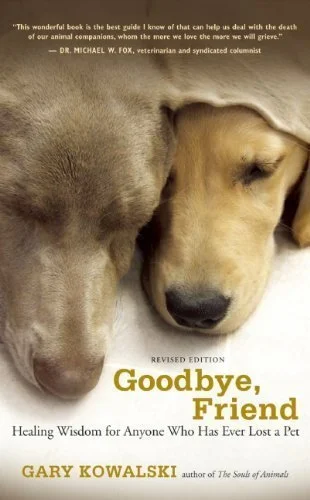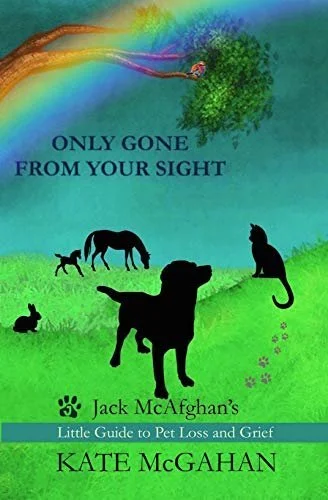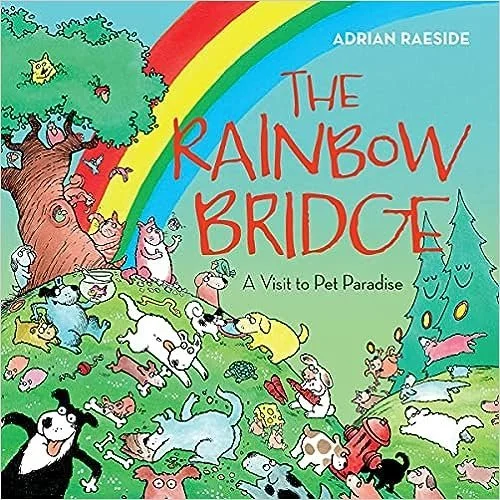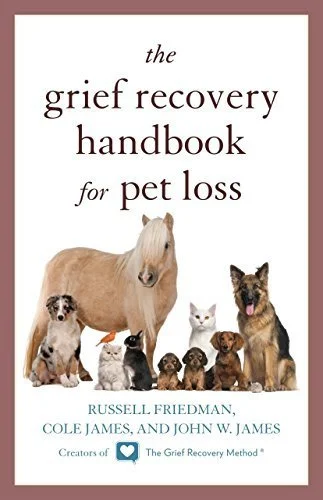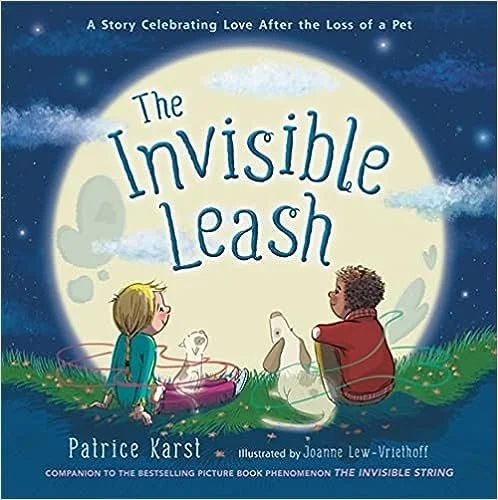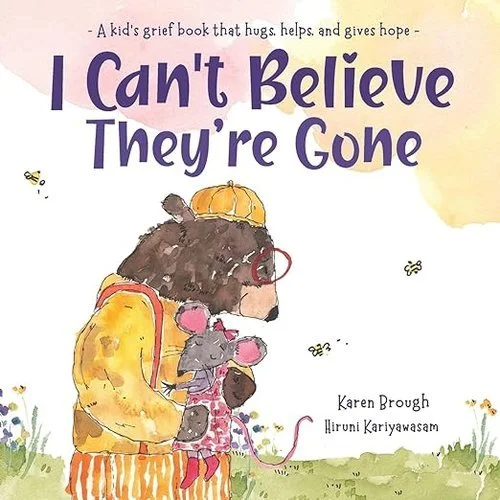Supporting Children Through Pet Loss: Talking About Euthanasia With Kids
The loss of a pet for children is often their first time experiencing death. The closer the bond they have with the pet, the more difficult it can be for them to process the grief. Death is part of our lifecycle. Experiencing the loss of their furry friend presents a meaningful opportunity for children to learn that love and grief go hand-in-hand. It is important to be present for your children, to guide them along this path as they will look to adults/parents as their role model to support them as they mourn and express themselves. To help kids feel loved, understood and supported, it may be a time to offer plenty of affection, reassurance and patience as they navigate through their complex rollercoaster of emotions.
How to Discuss the Death of a Pet with Your Child
If you are in a position where you are anticipating your pet’s passing, this may offer you the opportunity to plan on how to navigate discussions with your child. Children of different ages process and feelings differently, so you may want to speak to them separately if possible. Due to the sensitive nature of pet loss, it is best to explain things openly and honestly at the child’s developmental level of understanding.
Choosing the Right Time to Talk
Finding the right time to speak to your children can be tough. It is common for some children to start asking questions as they will be picking up subtle shifts within the household, such as how you and other family members are interacting and communicating. Finding a quiet space to talk can be helpful where they can ask questions and process their emotions, also allowing them plenty of time to say goodbye.
Sharing the News and the Grief
It is always best to explain things truthfully and openly. It is natural to be tempted to make things up or minimise the facts, but honest and simple explanations will allow the children to explore what they already understand and ask questions.
If your pet is old or visibly sick and declining, point out the changes and declining quality of life to your child. If needed, explain that death means they pet is no longer in pain or hurting.
The younger the child, the less information they can process so it is important to follow their lead.
Helping Your Child Cope
· Let them know its okay to ask questions. Sometimes the answers the child makes up might be worse than reality.
· Help them find words to express themselves. This occurs through reflective listening and modelling.
· Some healing happens in silence, so give them space and allow discussions to evolve organically.
· Maintaining familiar routines and rules gives us bearings during big life change like pet loss.
· Children also need breaks from their grief so playing with friends, engaging in fun activities will help them heal.
· Share the news of the pet’s death with children’s other trusted caregivers and their teachers so they can be active supports.
Let them be a part of the process
It is important to allow time for the children to cuddle their pet before the appointment, if they want to do so. If your kids are present for the euthanasia process, it is an intense experience so be mindful to be flexible. They may want to be there for the whole process, part of the process or none at all.
If they choose to be present, clearly describe the process step by step emphasing that the pet’s suffering will end in a very humane and gentle way by a veterinarian. After the passing, there may be some benefit from seeing the body to help them better understand death. .
Encouraging Expression of Emotions
The loss of their furry friend can be a very emotional time for kids. Listening to them and reassuring them that it’s okay and completely normal to have these emotions, may allow them to find comfort. Share your own personal observations, thoughts and feelings including letting them see you cry. Tears are a physical expression of love but also sadness.
Sometimes suggesting them to write down their feelings may help if they don’t want to physically talk about it.
Discuss the Possibility of Welcoming a New Pet
Welcoming a new pet does not mean that you are forgetting about the pets that have passed. Every family feels differently when it comes to the right time for them to welcome a new pet. Discussing with the entire family will help with the transition of welcoming a new pet into the family.
Resources for Further Assistance
Here are some examples that we think could be helpful and worth taking a look into:
Common Questions Your Child May Ask
Where did our pet go after they died?
Explaining that their pet has passed on so they are no longer in pain or suffering may bring comfort. Depending on the belief of the child, it can be explained as a leaf dropping from a tree and dissolving back into the earth, or they are in the sky above running around happily watching over them.
Did our pet feel pain when they died?
Allowing them to pass through the euthanasia process means allowing them pass peacefully with no pain or discomfort. Reassuring them that it is not a painful process may bring comfort knowing that they just went into a deep sleep forever.
How can I remember our pet and keep their memory alive?
There are many meaningful ways to memorialise a beloved pet. A structured ceremony with loved ones or sharing stories. Or putting some photos on display so they can look at it and remember them forever.
How can I help our other pets cope with the loss?
Every pet griefs differently. We encourage giving them extra cuddles but also giving them space to grieve in their own way.


